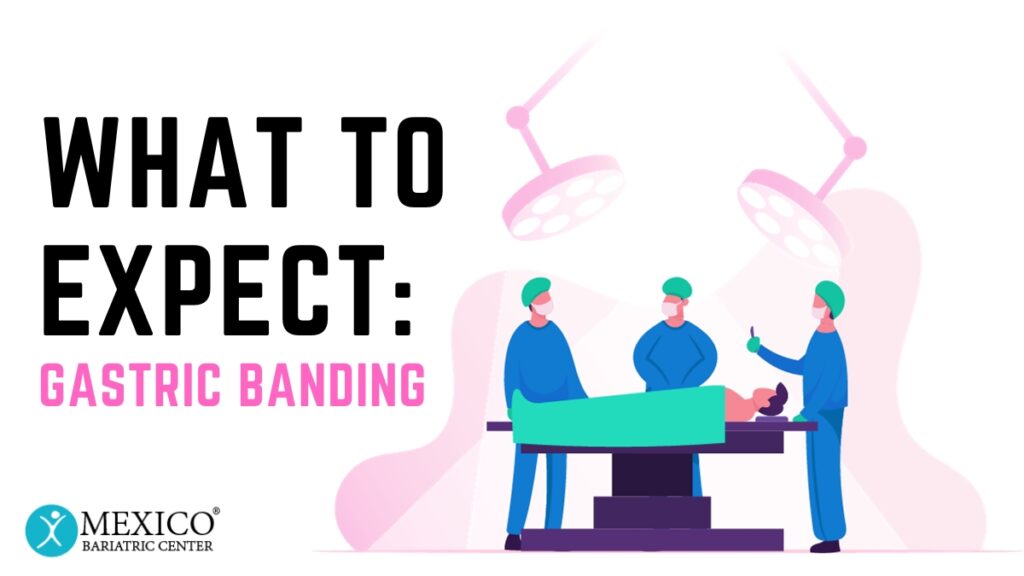 Gastric banding is a popular type of bariatric surgery that is performed with laparoscopically. The surgery itself uses a band around the stomach that creates a pouch where food will be held. This helps to limits the amount of foods that the patient can absorb at one time and reduces the amount of food one can eat. This will lead to significant weight loss.
Gastric banding is a popular type of bariatric surgery that is performed with laparoscopically. The surgery itself uses a band around the stomach that creates a pouch where food will be held. This helps to limits the amount of foods that the patient can absorb at one time and reduces the amount of food one can eat. This will lead to significant weight loss.
A patient that has gastric banding will feel fuller more quickly and eat more frequent smaller meals known to help people lose weight. According to NYU Langone Medical Center, the best thing about the gastric band is that surgeons can adjust it after surgery so that is most effective. This is because of a balloon in the lining of the band which can be made narrower or wider.
Types of Gastric Banding
In terms of gastric bands available there are four – lap-band, mid band, Swedish band and easy band. The most common type is the Lap-band. It is placed inside the upper portion of a patient’s stomach and is adjusted every 2-4 weeks as the patient begins to lose weight. This is achieved with a needle into the port placed under the skin.
Surgery
Gastric banding occurs under general anesthesia and typically takes an hour to perform. For patients that may be at risk for gallstones, they may be removed prior to surgery.
During this surgery, a small camera is used in order to help the surgeon to see inside the abdomen better. A few small incisions are made and a pouch and narrow opening is created in the stomach. There is no cutting done in the belly itself, which makes this a minimal invasive procedure.
Recovery
Patients may only have liquids during the two weeks following surgery. Soft foods are added during week three and four, gradually adding other foods in. This gradual diet change is because of the patient’s inability to understand how much food they can consume and how quickly they become full. The pouch will only hold a tablespoon of food at one time. Over time the pouch will allow a cup of food compared to four cups of foods for a normal stomach before surgery. Most patients see rapid weight loss during the 3-6 months period following surgery. Patients must learn to chew slowly and thoroughly or they risk feeling nauseous or vomiting. It should typically take a patient at least 20 minutes for each meal.
Resources:

